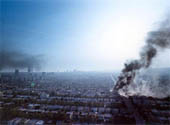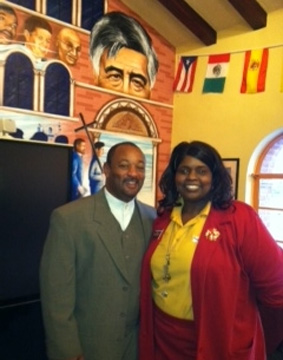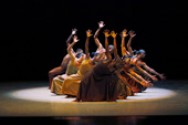 Twenty years after Los Angeles was rocked by violence, Dr. Mary Hill-Wagner, School of Journalism research assistant professor, looks back on how the media’s message represented the LA Riots.
Twenty years after Los Angeles was rocked by violence, Dr. Mary Hill-Wagner, School of Journalism research assistant professor, looks back on how the media’s message represented the LA Riots.
Panel members scheduled to appear include:
– Kevin Uhrich, editor, Pasadena Weekly
– Cynthia Griffin, managing editor, Our Weekly
– Kirk McKoy, senior photo editor, features, Los Angeles Times
– Yussuf Simmonds, managing editor, Los Angeles Sentinel
– Kyung W. Lee, former editor, Korea Times (English language edition)
This event is free and open to the public.
To RSVP, click here.
For more information, contact Dr. Mary Hill Wagner at [email protected]
The program is underwritten by a generous grant from the Ford Foundation.
Parking information and directions to campus »
Return to Calendar »
















